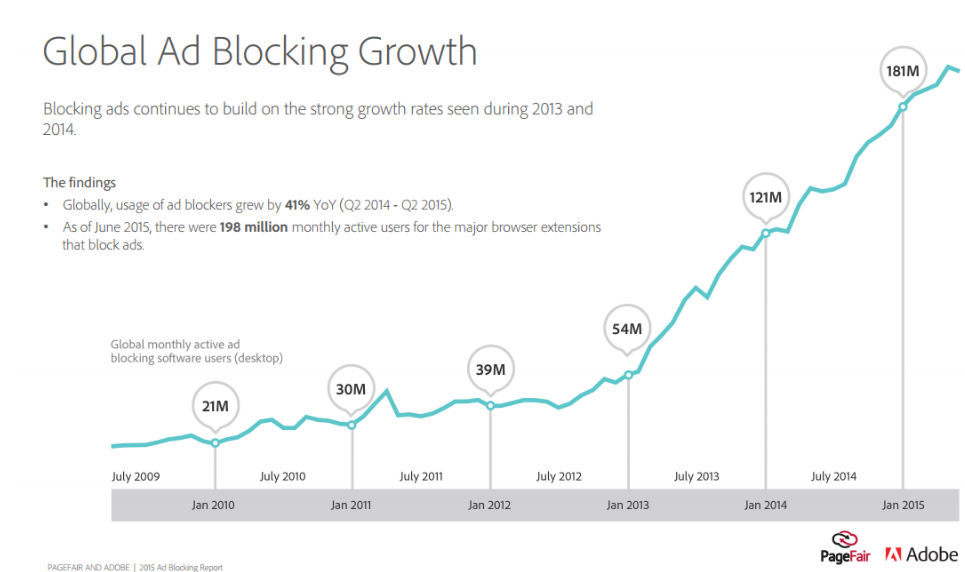We’re already three months into 2024 and the marketing landscape is constantly evolving. With countless brands vying for consumer attention and engagement, marketing leaders must stay on top of shifting trends to differentiate against the competition and leave a lasting positive impression. Right now, virtual events and AI-powered personalization are stealing the spotlight, while sustainability and interactive content are becoming increasingly important. Tomorrow, it could be something altogether different!
To help ensure your brand stays relevant and memorable, consider embracing these five trends:
1. Omnichannel advertising: Omnichannel advertising helps ensure a seamless and consistent brand experience across multiple channels and touchpoints. This can translate into tangible benefits, including increasing online presence, driving traffic, and boosting leads. By leveraging multiple platforms— from social media to email to mobile— businesses can engage with a wider audience and target customers they might have missed on a single platform. In fact, studies show that omnichannel marketing can lead to a staggering 250% higher engagement rate than single-channel marketing. That kind of engagement is hard to resist!
2. Earned media: Earned media is a powerful tool that can help you showcase your brand in a natural and organic way. Unlike paid media, earned media comes from third-party sources, making it more authentic and trustworthy. One of the most significant benefits of earned media is its cost-effectiveness— it doesn’t require any investment, making the ROI higher than other media.
TikTok is an excellent platform for leveraging earned media, as it allows content to reach a specific demographic of individuals with similar interests. By using hashtags and following ongoing trends, you can easily circulate your content around your target audience. If you’re looking for a cost-effective way to promote your brand, earned media is the way to go. Don’t miss out on this strategy that’s already taken off this year!
3. Short-form video content: Video-based content is predicted to be one of the most effective ways to drive engagement leads and content in 2024. Whether it’s TikTok, Instagram Reels, Livestreams, or Facebook videos, short-form, bite-sized content captures users’ attention for a longer amount of time. Brands can get their message across quickly and efficiently, while also gaining UGC and increased engagement from consumers. Just remember that when it comes to this form of advertising, less is more.
The beauty of short-form video as a content format is that it can be easily created and posted on your iPhone or mobile device. The recommended timing is somewhere between 30-60 seconds, which isn’t a lot of time. But when it’s done effectively and it’s of high quality, short-form videos are a great way to engage with your audience. Consider these best practices:
👉 Get to the point quickly
👉 Add subtitles to increase accessibility and SEO
👉 Use quick cuts to keep your videos engaging
👉 Include a call to action (CTA)
Remember, you won’t be perfect initially, but improvement is a key part of any creative process. So, keep practicing and watch your short-form videos improve over time!
4. Include Brand Values and Mission Within Ads: More and more, consumers are prioritizing the social responsibility of brands and actively seeking out mission-driven brands. In fact, more than half of consumers say they are more likely to buy from certain brands over others if they stand for something bigger than just products and services. There are many ways businesses can practice corporate social responsibility, including reducing carbon footprints, participating in fair trade, promoting diversity, equity, and inclusion, engaging in charitable giving, and volunteering in local communities. Companies can also create policies that benefit the environment and invest in socially and environmentally conscious initiatives.
However, this information isn’t always readily available. That’s why it’s important to incorporate social responsibility into your advertising strategy. Doing so not only entices consumers to buy your product, but also to become loyal, supportive customers for the long haul. You can also consider emphasizing recyclable packaging, donations from purchases, and relevant social movements in your messaging.
5. Personalized Marketing: As artificial intelligence has become ubiquitous and the use of big data skyrockets, it has become easier for marketers to lean into personalization. Personalization is no longer just knowing a customer’s name; it’s about tailoring your marketing messages and content to the specific needs and preferences of individual consumers. This demonstrates that you understand your customers’ unique needs, fostering stronger connections across the entire customer journey, building engagement, conversion and loyalty.
As the world of digital marketing and advertising continues to change, let’s work together to navigate current and future trends. When we do this, we can adapt, innovate, and thrive to help make our campaigns the best they can possibly be.
What trends are you adopting for a successful 2024? Please take a moment and share your thoughts in the comments below.



